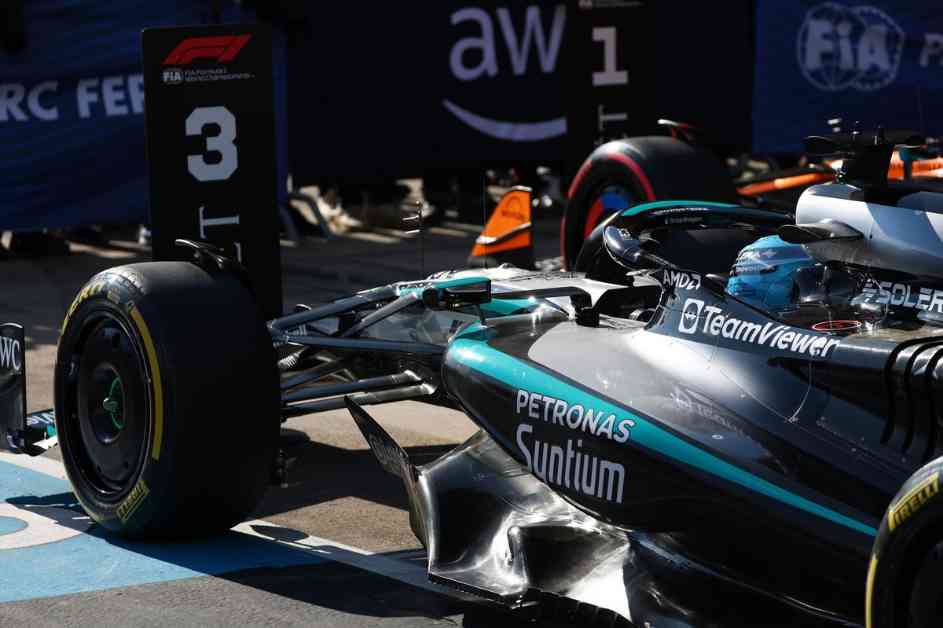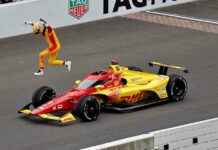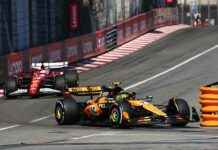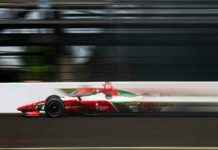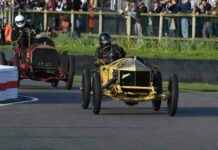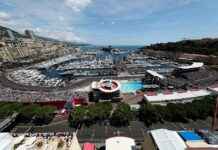Qualifying for the Emilia Romagna Grand Prix was quite the challenge for Alex Albon, who expressed his struggle with understanding the C6s. According to him, it was all part of the plan to bring this particular compound to the race. Formula 1 teams invest a significant portion of their annual budgets in research and simulations to minimize uncertainty, but they also recognize that predictability can hinder the excitement of the races.
Pirelli introduced the C6 to its tire lineup at the start of the season to offer a softer compound option. Originally intended for Monaco, the plan was to introduce it in subsequent races like Montreal, Singapore, and Las Vegas if it performed well in its debut. However, adjustments to other compounds led to similar performance and lifespan, resulting in one-stop races becoming the norm. As a result, Pirelli decided to debut the C6 at Imola earlier than planned to explore the possibility of skipping compounds in future events.
The goal for Pirelli, F1, and the FIA is to create a wider range of strategic choices for teams, where the line between one-stop and two-stop races is blurred. This strategy aims to enhance the viewing experience for spectators, with fresher tire strategies potentially shaking up the race towards the end. However, finding the right balance is crucial, as going too soft could limit the softest tire’s usage to just qualifying sessions.
The drivers and team bosses noted the challenges with the C6, with some opting for the medium tires instead. Despite some positives, like Aston Martin and Mercedes drivers using medium tires, the overall consensus was that the C6’s performance deteriorated quickly over a single flying lap. This dilemma posed a strategic decision for teams, as the limited tire allocation for the weekend required careful planning.
Drivers like Fernando Alonso opted for a mix of soft and medium tires in qualifying to cover all possibilities. The trade-off between risk and reward was evident, with some drivers choosing the safer option for the race. Max Verstappen, who qualified second, prioritized having the right tires for the race over grid position, highlighting the importance of scoring points on race day.
The challenge of Imola’s long pitlane naturally steered teams towards a one-stop strategy, as the time lost in the pits made it difficult to regain track position. Despite the struggles with the C6, Pirelli is considering bringing it to future races like Baku to further explore strategic possibilities. The drivers’ sacrifices in qualifying may influence future decisions on tire selections, potentially altering race dynamics.
Overall, the introduction of the C6 added complexity to tire strategies in F1, with teams navigating the trade-offs between tire performance and race outcomes. The evolving nature of tire selections and strategic choices adds an element of unpredictability to the races, keeping fans on the edge of their seats. As teams continue to adapt to the new tire compounds, the strategic landscape of F1 races is set to become even more intriguing in the upcoming events.
